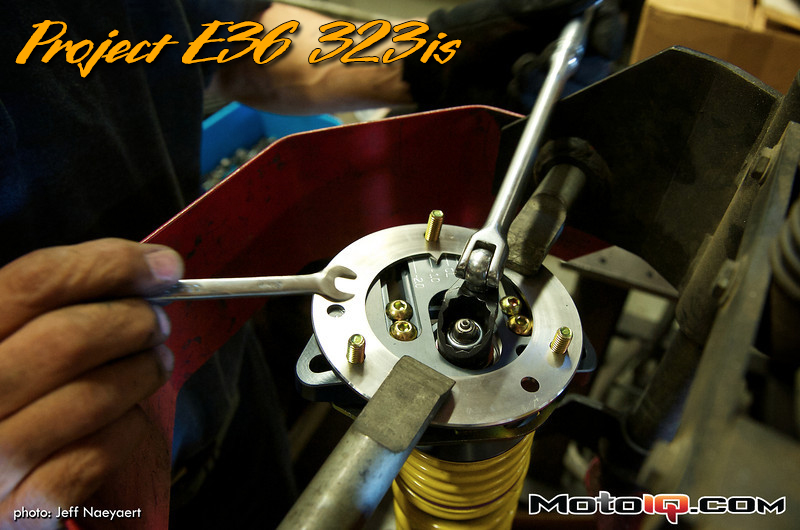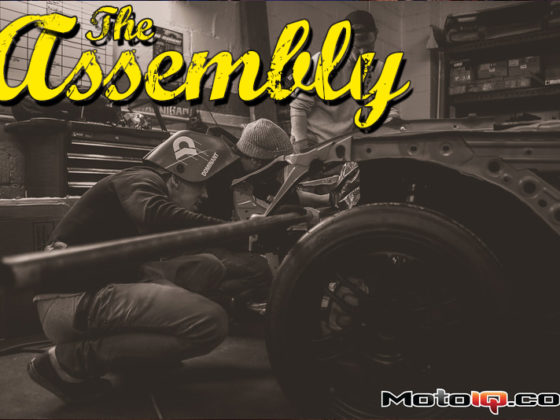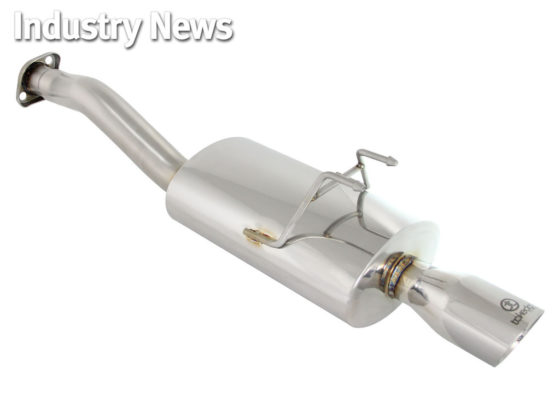,
 |
| Rear springs are noticeably shorter and stiffer but are progressive, unlike the fronts. KW has several reasons for using progressive rate springs in the rear. First is spring length, as the E36 requires a very short spring in the rear and those length constraints dictate spring rate to a certain degree. Second, is ride quality considerations. The TUV certification for German equipment safety requires OEM load capacity, so with the length and space constraints, having a spring that increases in rate like a progressive spring is the best choice. |
 |
| With how short the rear springs are, installing them is about the easiest part of any suspension overhaul. Placement of the ride height adjuster at the top of the spring makes life a lot easier when it becomes necessary to make adjustments. |
 |
| Reusing the factory dust boot over the KW V2 rear shock helps to keep all the road grime from getting in and causing any potential headaches down the road. |
 |
| While E36 M3s came from the factory with a bit of caster, you can clearly see that the non-M 3-series cars had the front struts basically straight up and down. We like the idea of some more caster for better high-speed stability, but also wanted to have camber adjustability, so that meant finding a good set of adjustable camber/caster plates. |
We decided to go with Ground Control Racing Camber/Caster Plates. They have a very solid reputation and have some key features we were after. Aside from just being able to make camber and caster adjustments independently of one another, we really like the bearing design. One set of bearings allows for full articulation of the shock shaft while the other is an articulating needle bearing to handle the weight of the car.



